Aluminum smelting shifts to clean technology
After merging the three provinces of Lam Dong, Dak Nong and Binh Thuan , the new Lam Dong province has an area of over 24,200 km² and a population of nearly 3.9 million people. This is an important foundation for economic restructuring, in which industry is identified as the main driving force, aiming for green, modern and environmentally friendly development.

According to the Department of Industry and Trade of Lam Dong , by 2030, 100% of industrial parks and clusters in the area will apply a circular model such as wastewater being treated and reused, solid waste being recycled, and rooftop solar power systems being installed to reduce carbon emissions. Photo: Pham Hoai.
According to the direction of Lam Dong Provincial Party Committee, in the period of 2025-2035, the province will focus on three pillars: high-tech aluminum smelting, deep processing of agricultural products and green supporting industry. The goal is to form a linked value chain, increase the proportion of industry in GRDP, and at the same time meet the requirements of energy conversion and emission reduction according to national commitments.
The old Dak Nong area has bauxite reserves of about 5.4 billion tons, which is the basis for the sustainable development of the aluminum smelting industry. Currently, the two aluminum complexes Nhan Co and Tan Rai of Lam Dong have an output of more than 1.5 million tons/year, contributing greatly to the budget and export turnover.
Lam Dong province is proposing to expand aluminum smelting capacity to 600,000 tons/year in the 2025–2030 period, but with clean technology. New projects must use energy-saving production lines, recycle red mud waste, control emissions and utilize renewable energy in production.
Vice Chairman of the Provincial People's Committee Le Trong Yen said that the province is currently prioritizing attracting aluminum smelting projects that apply advanced technology and have high environmental standards. All projects must meet green technical standards before being granted an investment license.
Lam Dong is implementing a Cleaner Production Program in industry, striving to reduce energy consumption by 10% by 2030, increase waste recycling rates and use environmentally friendly materials. "Lam Dong will carefully select investment projects, prioritizing modern, environmentally friendly technology and contributing to the Government's net zero emissions target," Mr. Yen affirmed.

Currently, the two aluminum complexes Nhan Co and Tan Rai in Lam Dong have an output of more than 1.5 million tons/year, contributing greatly to the budget and export turnover. Photo: Pham Hoai.
Developing green supporting industries
Along with the metallurgical and processing industries, the province is strongly developing green supporting industries, which play a fundamental role in the sustainable industrial value chain. Industrial clusters in Duc Trong, Bao Lam and Krong No communes are planned in an ecological direction, focusing on the production of aluminum components, agricultural equipment, green materials and bio-packaging.
According to Mr. Nguyen Ba Ut, Director of Lam Dong Department of Industry and Trade, by 2030, 100% of industrial parks and clusters in the area will apply a circular model such as wastewater being treated and reused, solid waste being recycled, and rooftop solar power systems being installed to reduce carbon emissions.
"The province also coordinates with the Ministry of Industry and Trade to implement the Green Supporting Industry Development Program until 2035, including three key components: Technology innovation, building ecological industrial parks and training technical human resources to serve green transformation," Mr. Ut added.
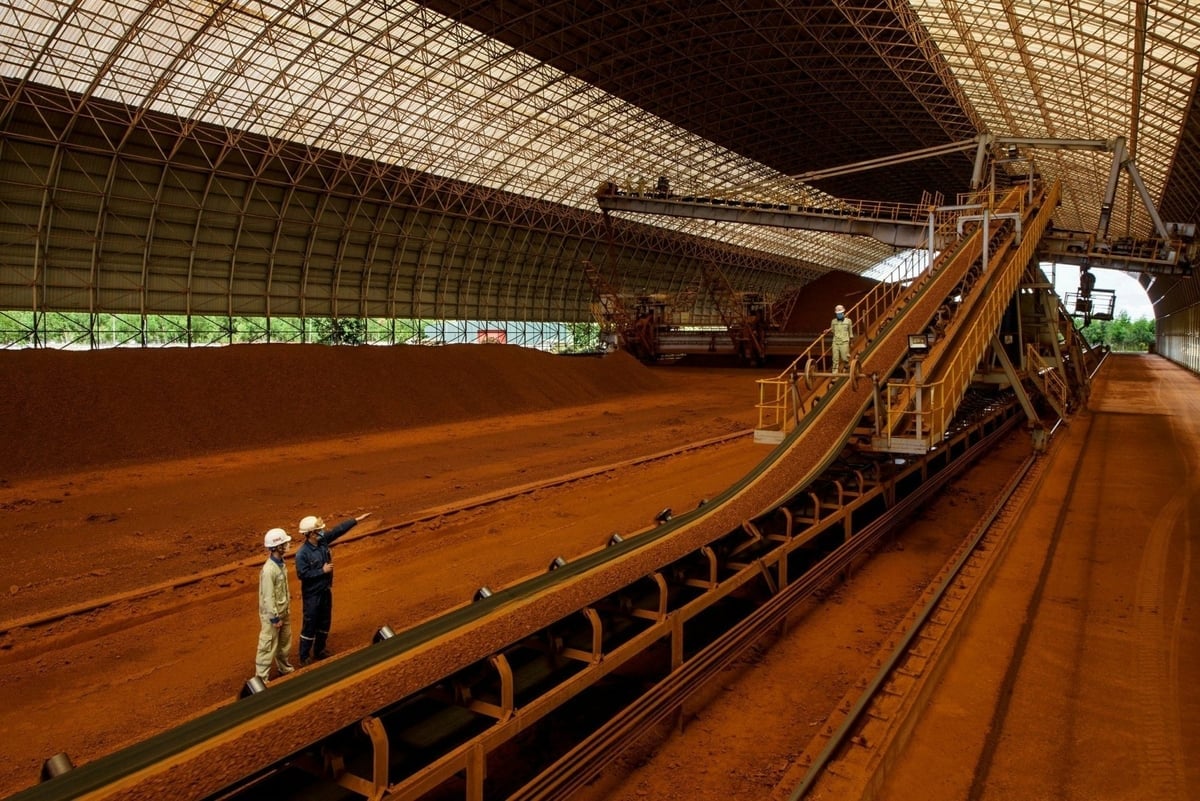
Lam Dong province is proposing to expand aluminum smelting capacity to 600,000 tons/year in the 2025–2030 period, but in the direction of clean technology. Photo: Pham Hoai.
According to Lam Dong Statistics Office, the industrial and construction sector currently accounts for about 28% of the province’s GRDP, with an average growth rate of 9% per year. After the merger, the goal by 2030 is to increase the proportion of green and processing industries to 35–37% of GRDP, while reducing CO₂ emissions in production activities by at least 15%.
With the existing resources, industrial infrastructure and clear orientation of the provincial leaders, Lam Dong is gradually forming the appearance of a green industrial center of the Central Highlands region where aluminum smelting technology, agricultural processing and supporting industries develop harmoniously, towards a green, circular and sustainable economy.
Lam Dong aims to develop a green economy, prioritizing supporting industries and renewable energy. Currently, the province has 104 power source projects with a total capacity of 8,241.89 MW, of which renewable energy accounts for 47.17%. The province has determined to shift the industry to "processing, supporting and greening" to increase added value, protect the environment and move towards a circular production model.
Source: https://nongnghiepmoitruong.vn/lam-dong-dinh-huong-cong-nghiep-xanh-sau-sap-nhap-d780572.html




![[Photo] Panorama of the Patriotic Emulation Congress of Nhan Dan Newspaper for the period 2025-2030](https://vphoto.vietnam.vn/thumb/1200x675/vietnam/resource/IMAGE/2025/11/04/1762252775462_ndo_br_dhthiduayeuncbaond-6125-jpg.webp)
![[Photo] Ho Chi Minh City Youth Take Action for a Cleaner Environment](https://vphoto.vietnam.vn/thumb/1200x675/vietnam/resource/IMAGE/2025/11/04/1762233574890_550816358-1108586934787014-6430522970717297480-n-1-jpg.webp)
![[Photo] Ca Mau "struggling" to cope with the highest tide of the year, forecast to exceed alert level 3](https://vphoto.vietnam.vn/thumb/1200x675/vietnam/resource/IMAGE/2025/11/04/1762235371445_ndo_br_trieu-cuong-2-6486-jpg.webp)
![[Photo] The road connecting Dong Nai with Ho Chi Minh City is still unfinished after 5 years of construction.](https://vphoto.vietnam.vn/thumb/1200x675/vietnam/resource/IMAGE/2025/11/04/1762241675985_ndo_br_dji-20251104104418-0635-d-resize-1295-jpg.webp)









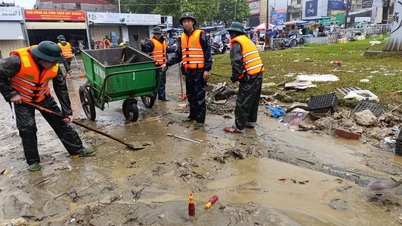

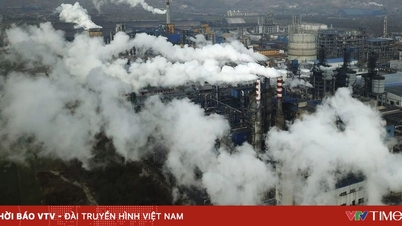



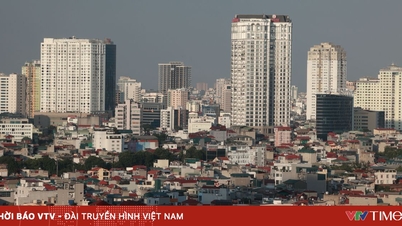


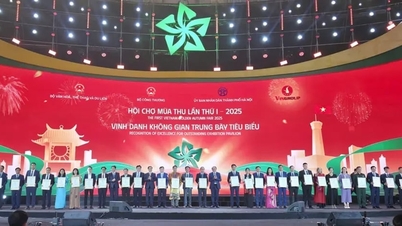





![From working for hire to becoming a boss: [Lesson 5] Sending - learning - returning - creating](https://vphoto.vietnam.vn/thumb/402x226/vietnam/resource/IMAGE/2025/11/05/1762297489528_1546-anh-3-072934_320.jpeg)


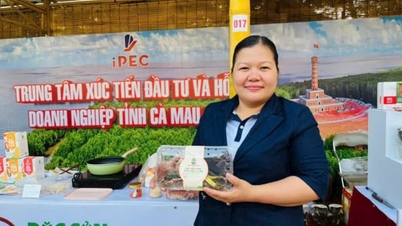

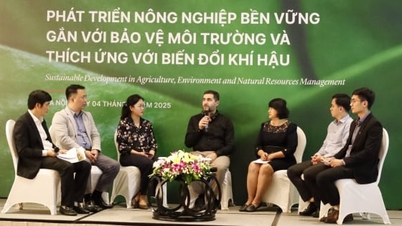



































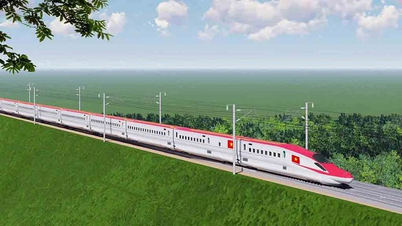
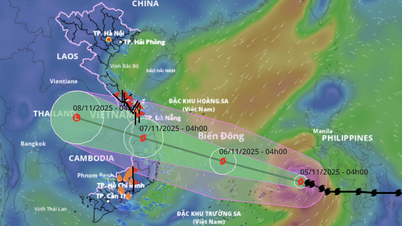




































Comment (0)